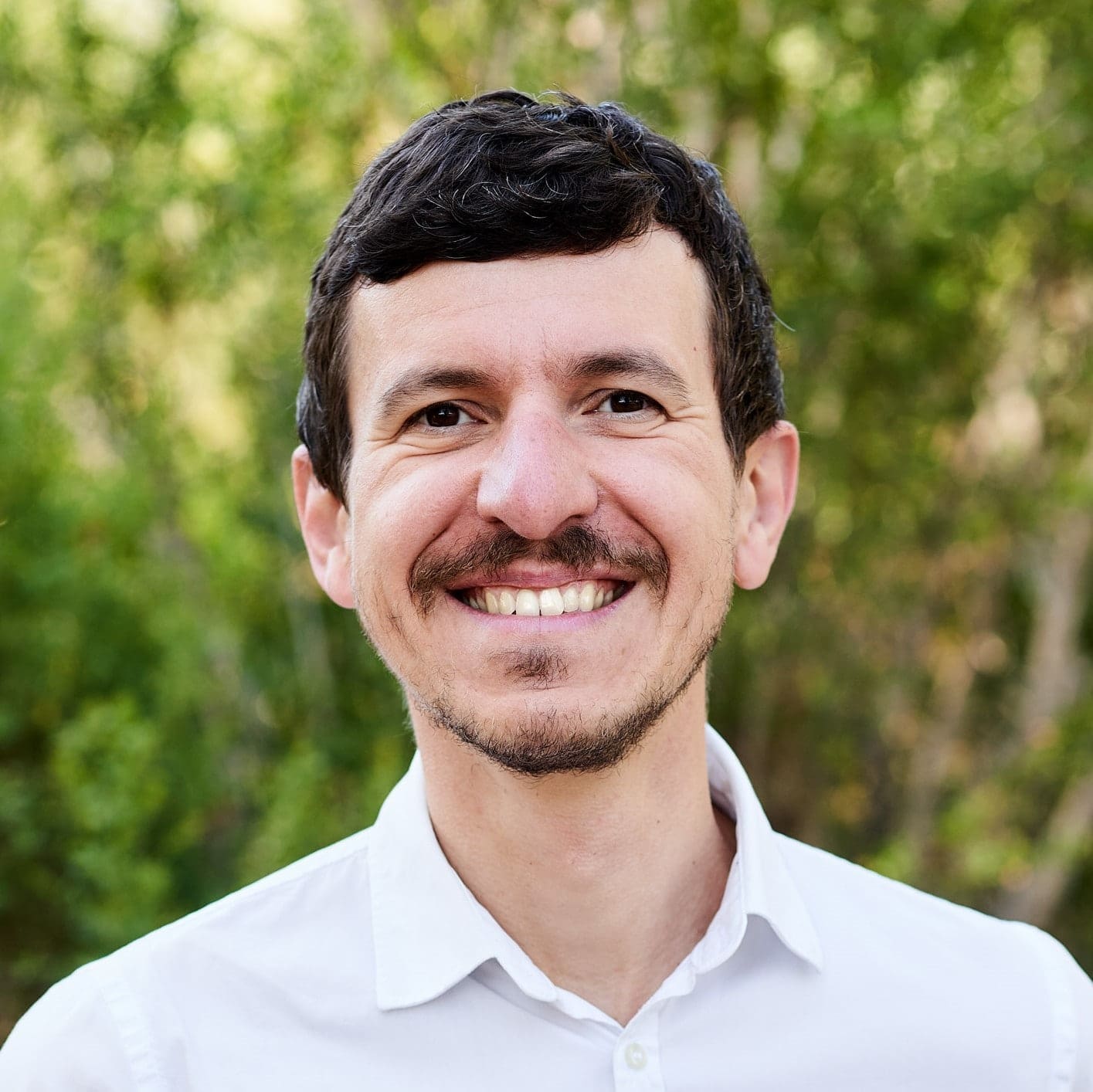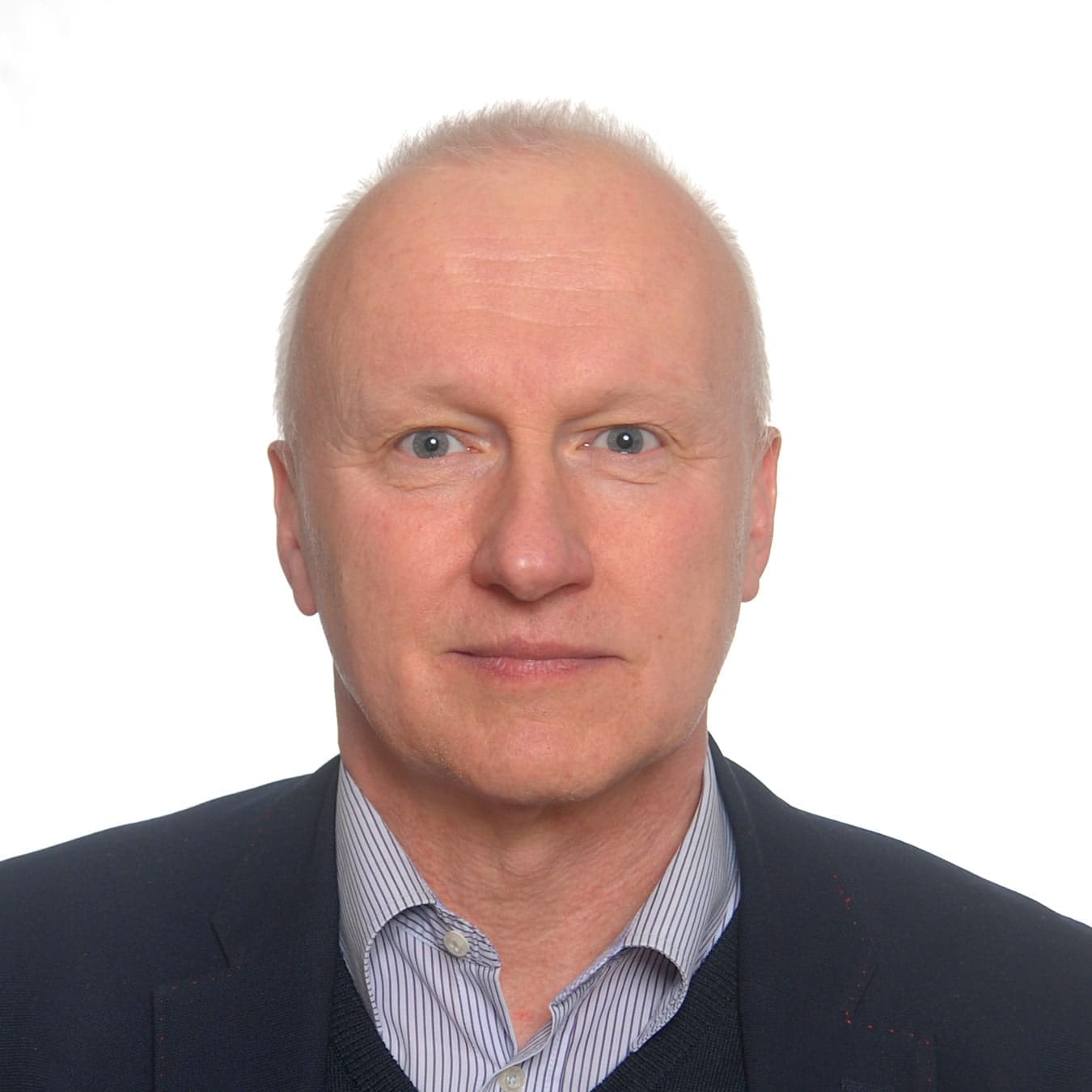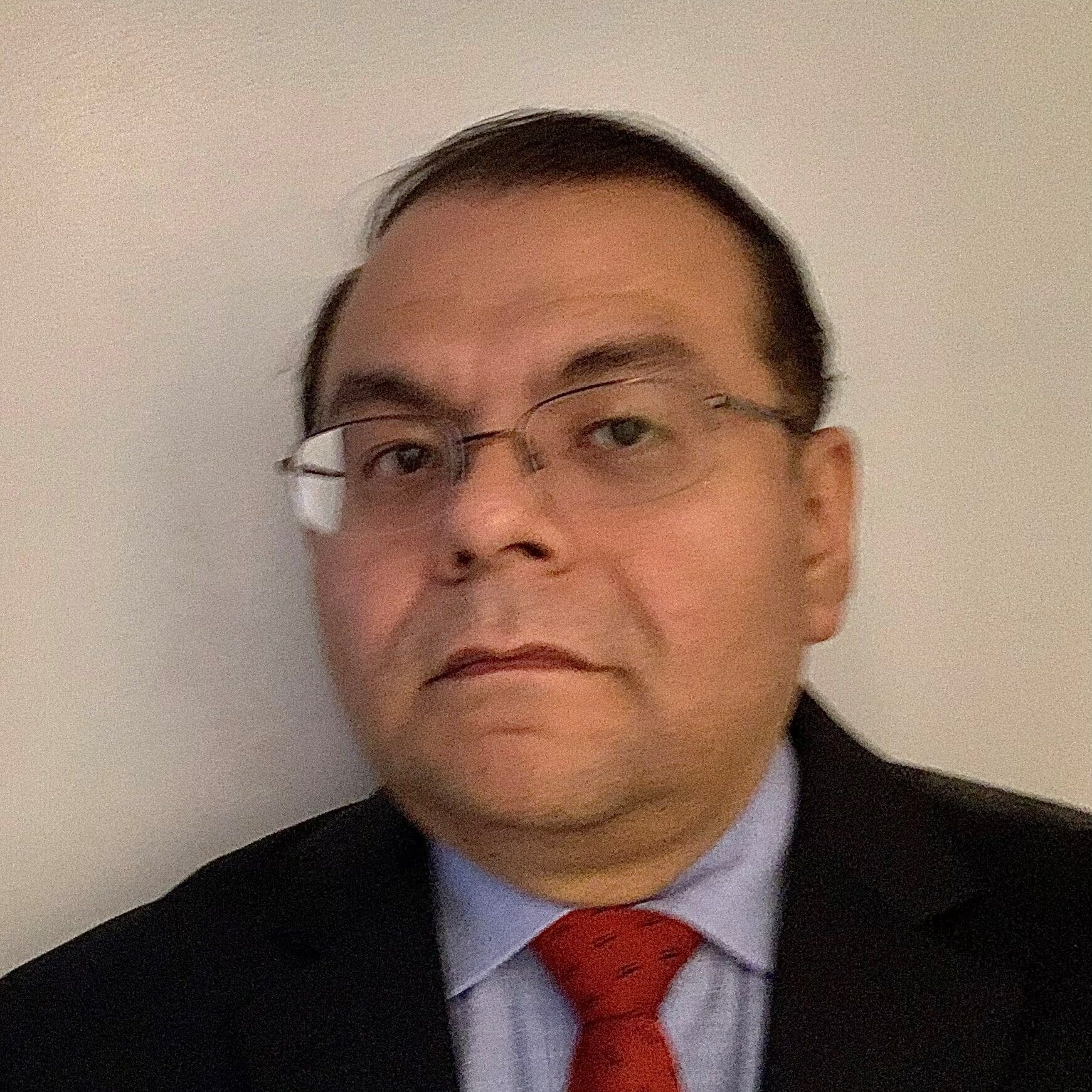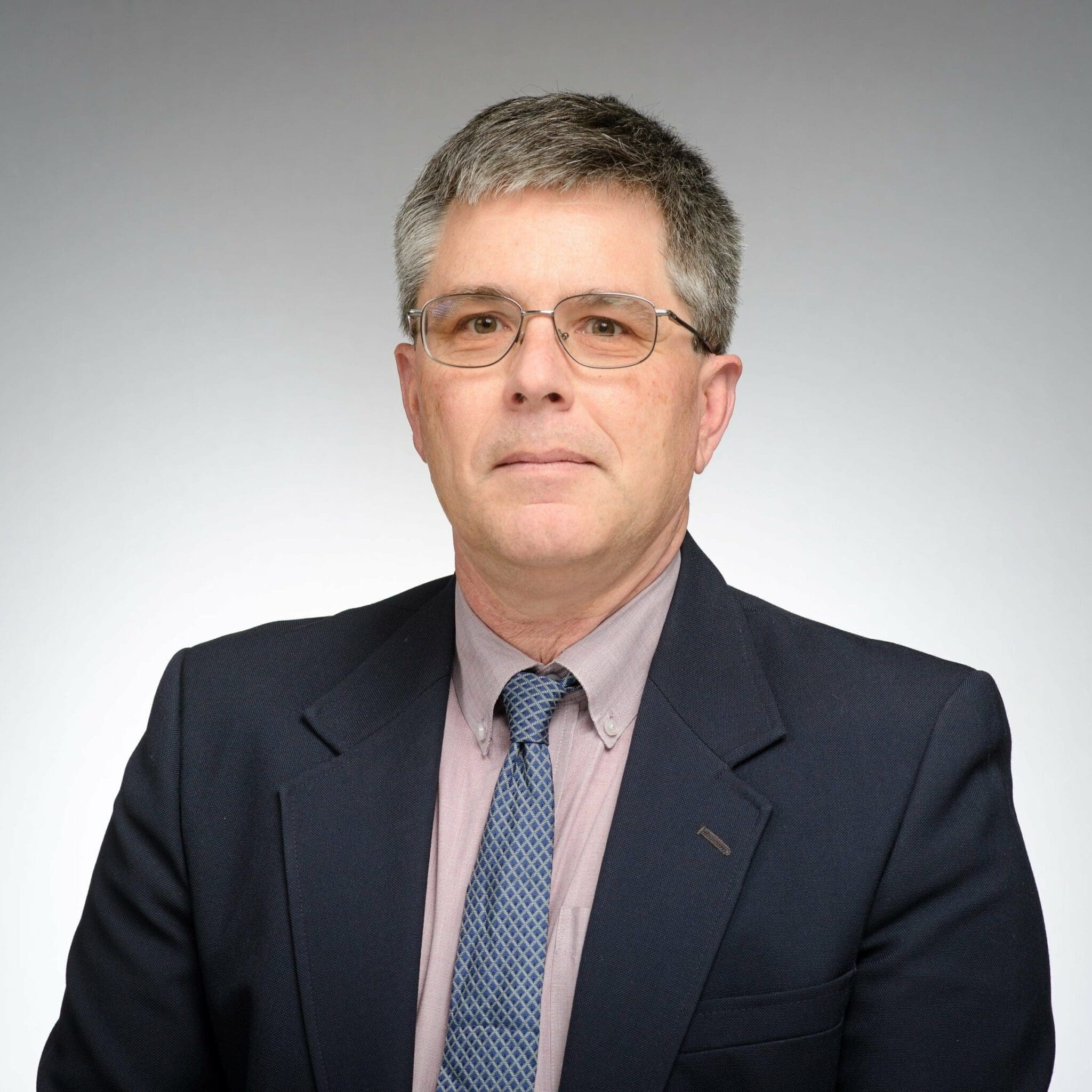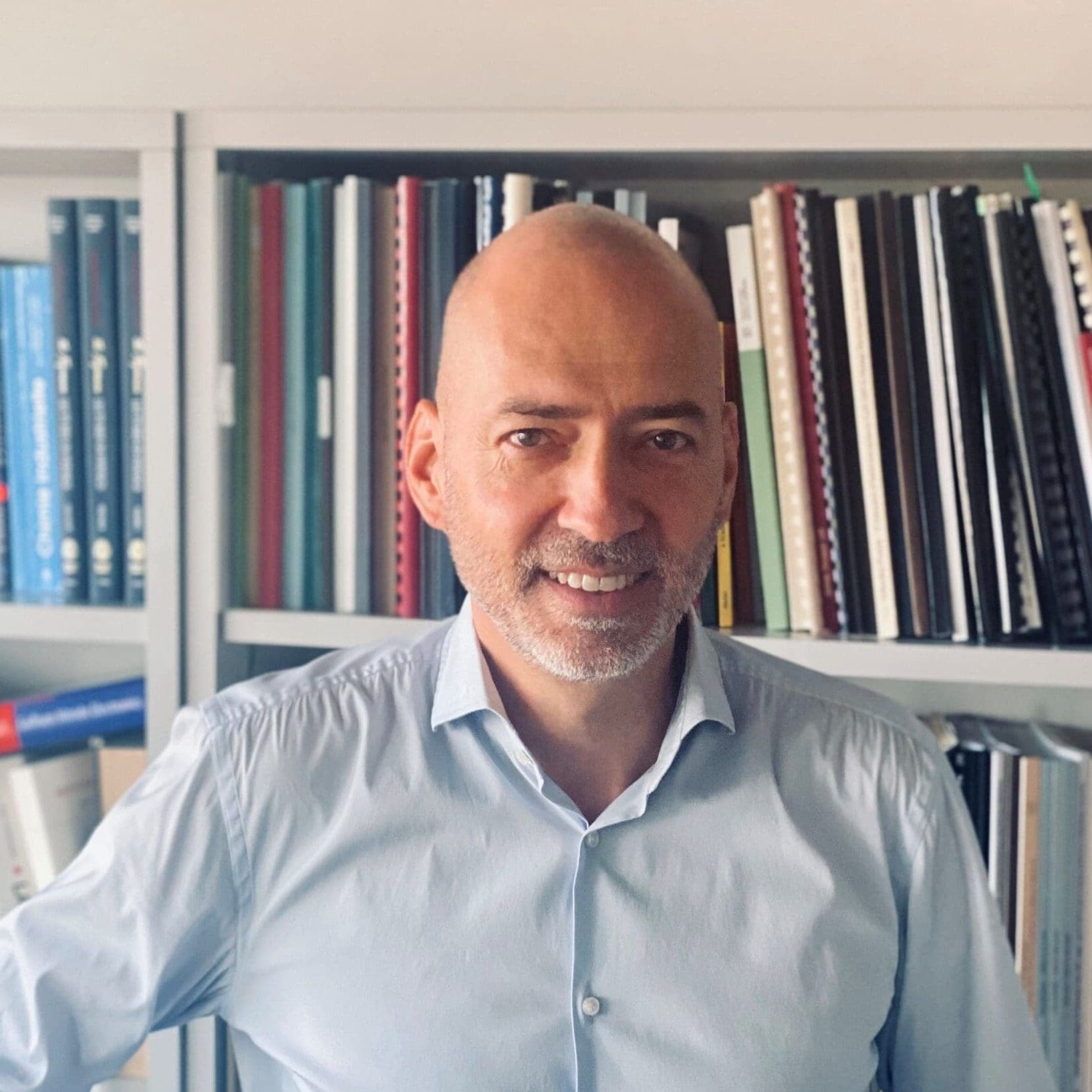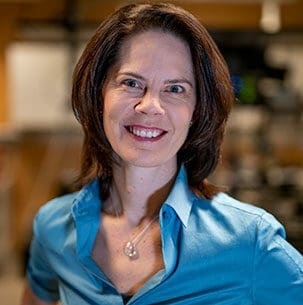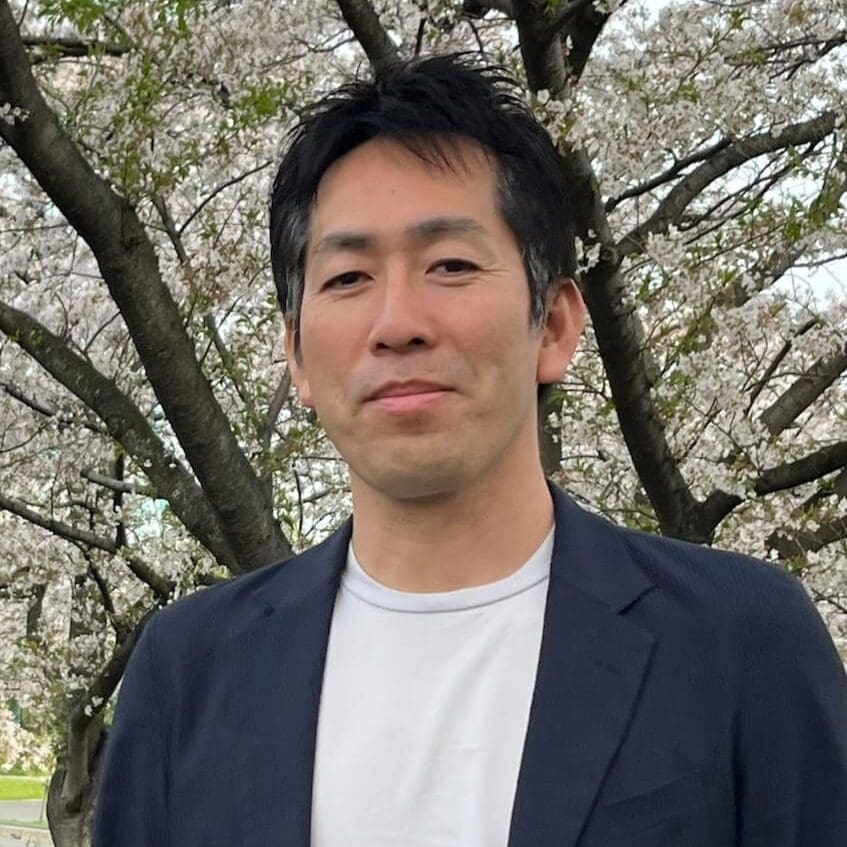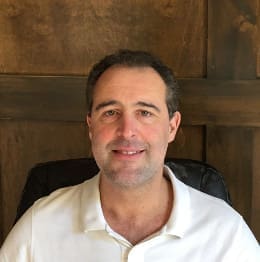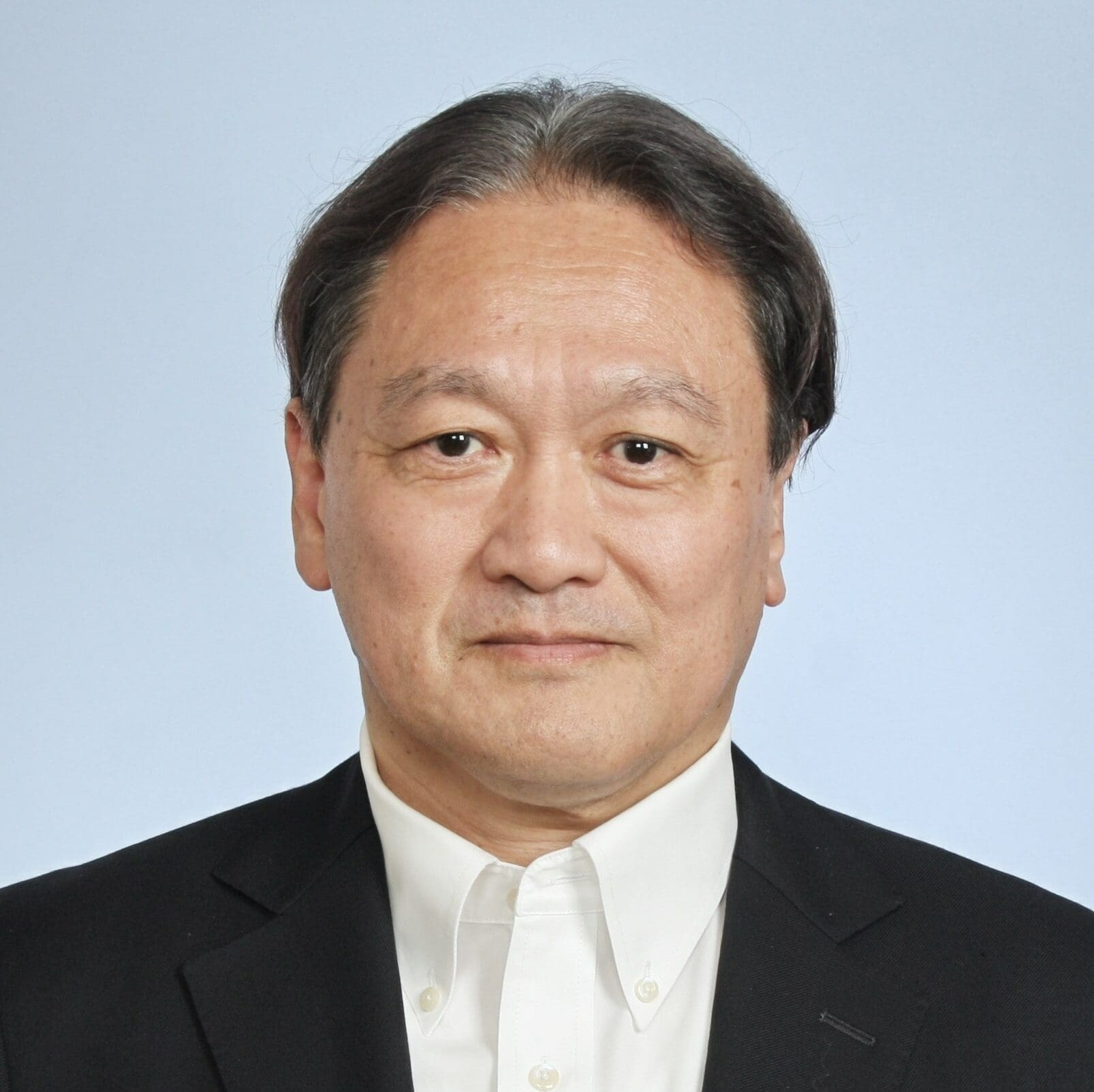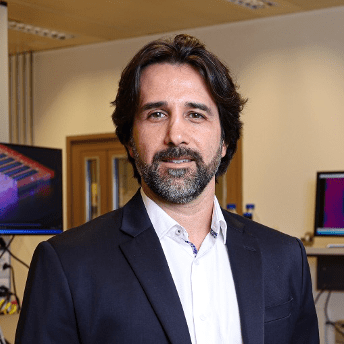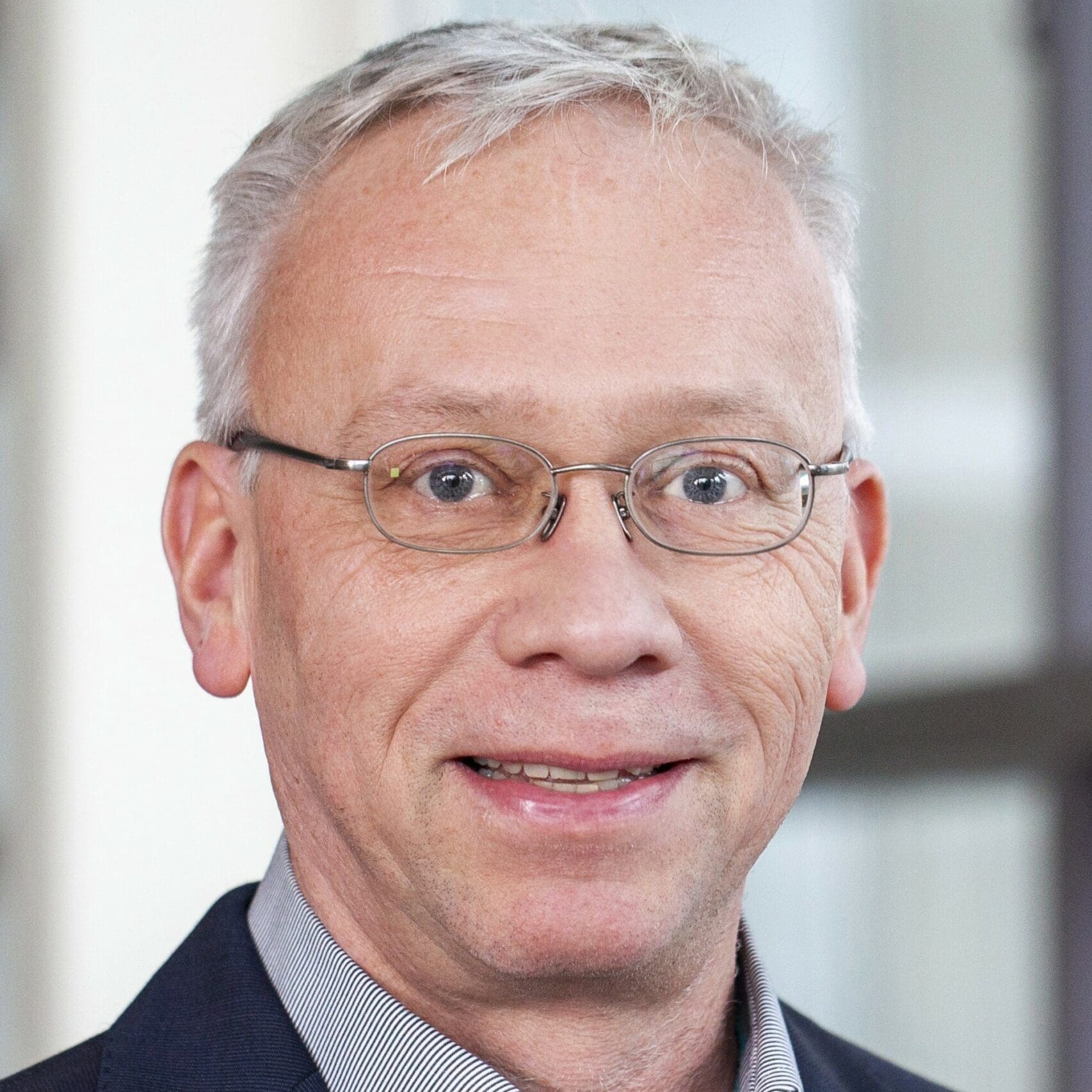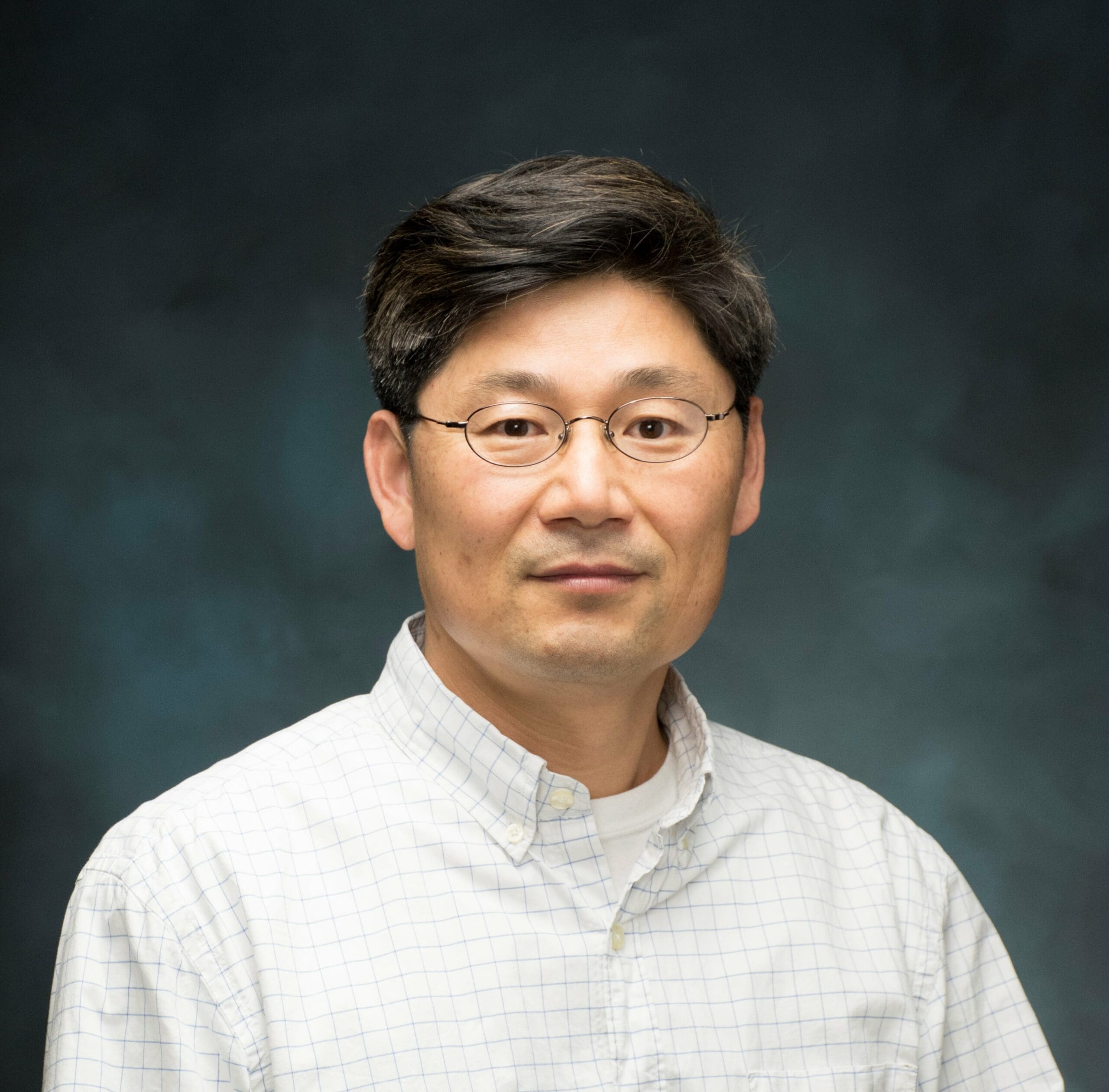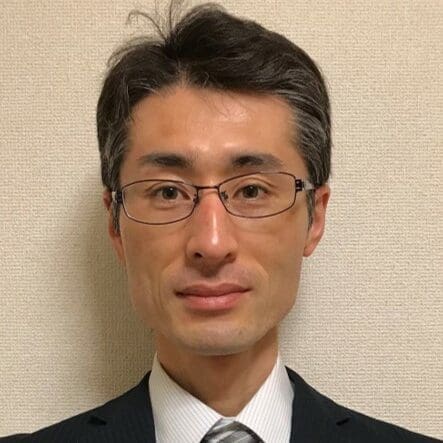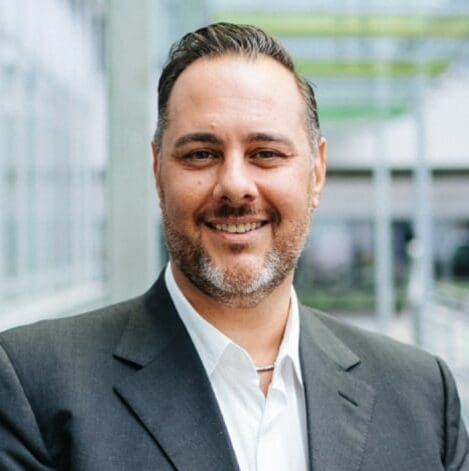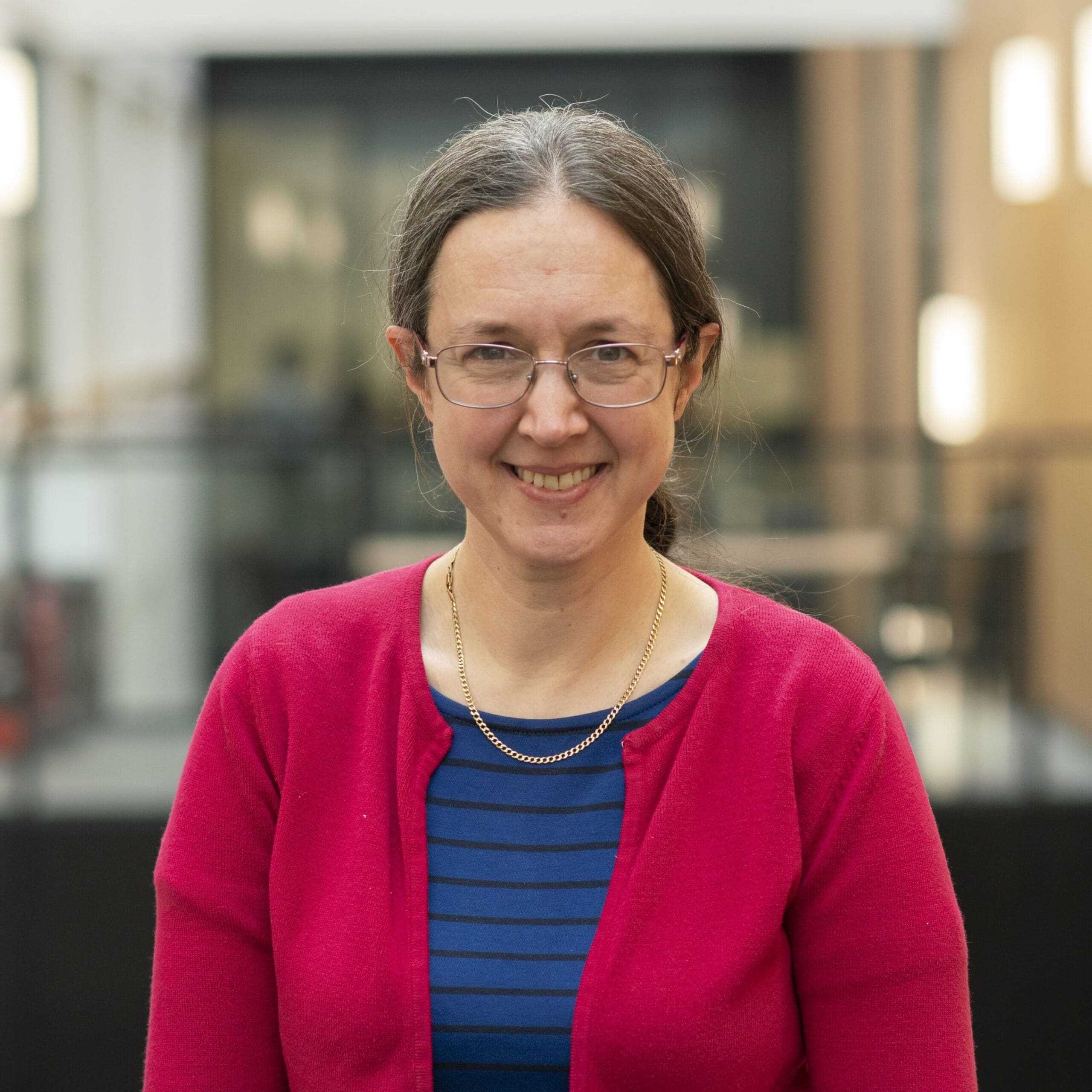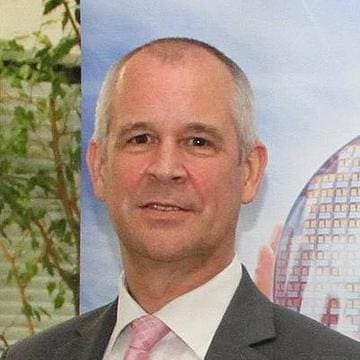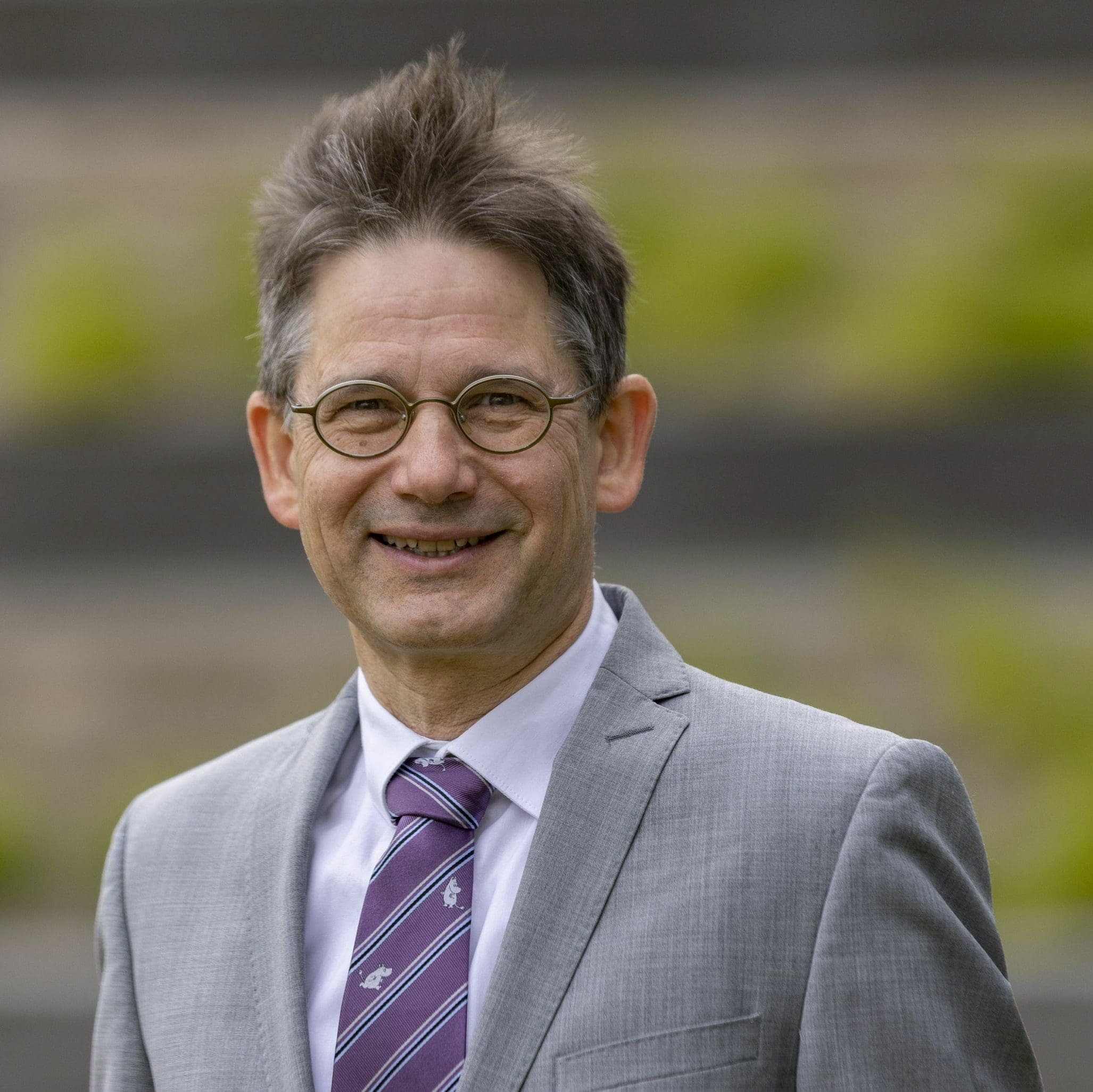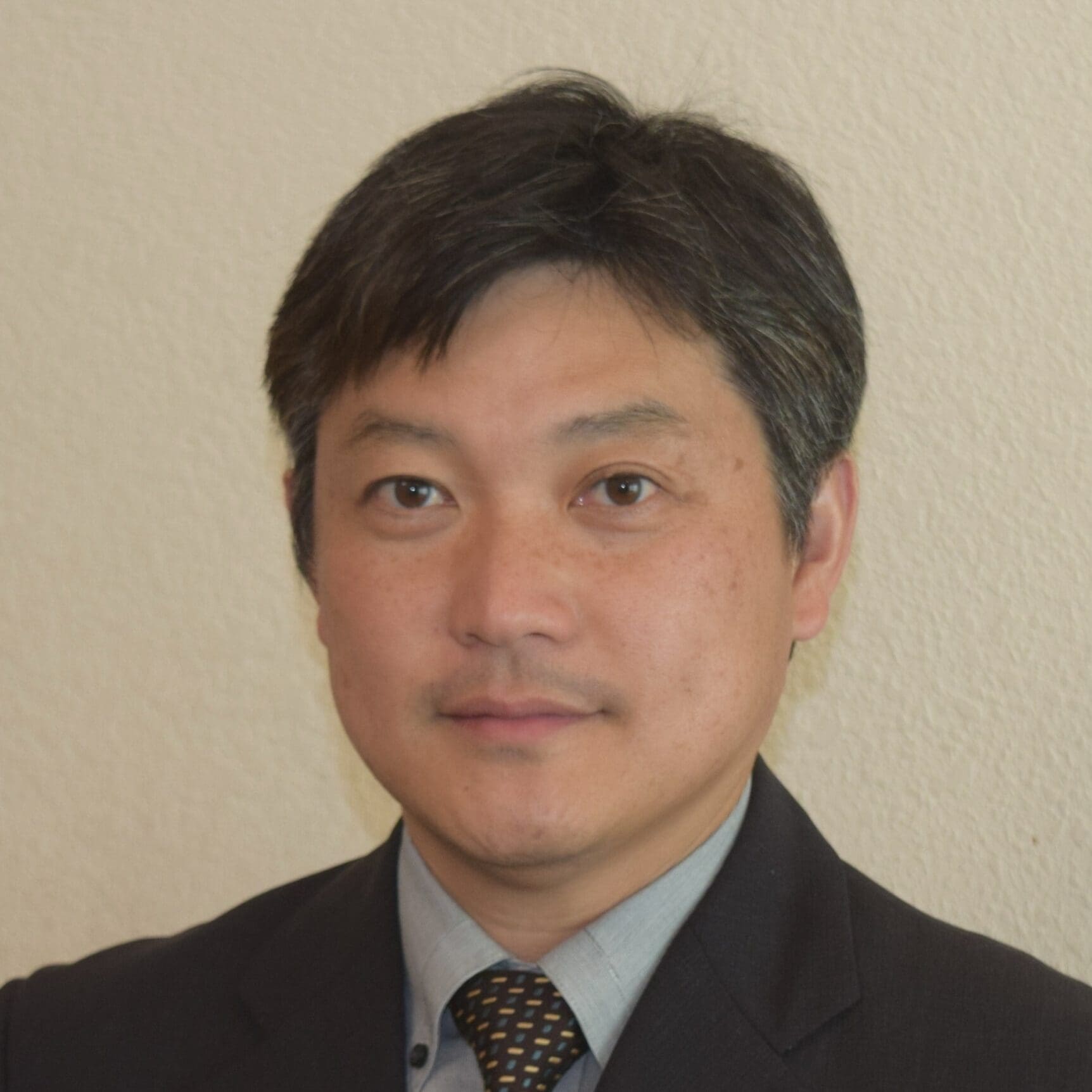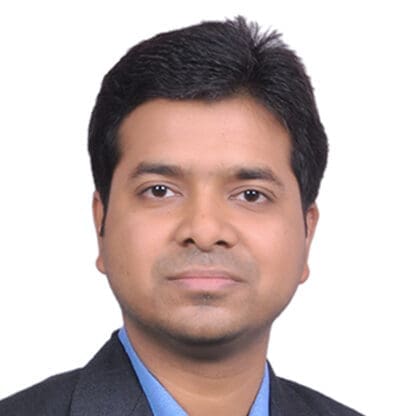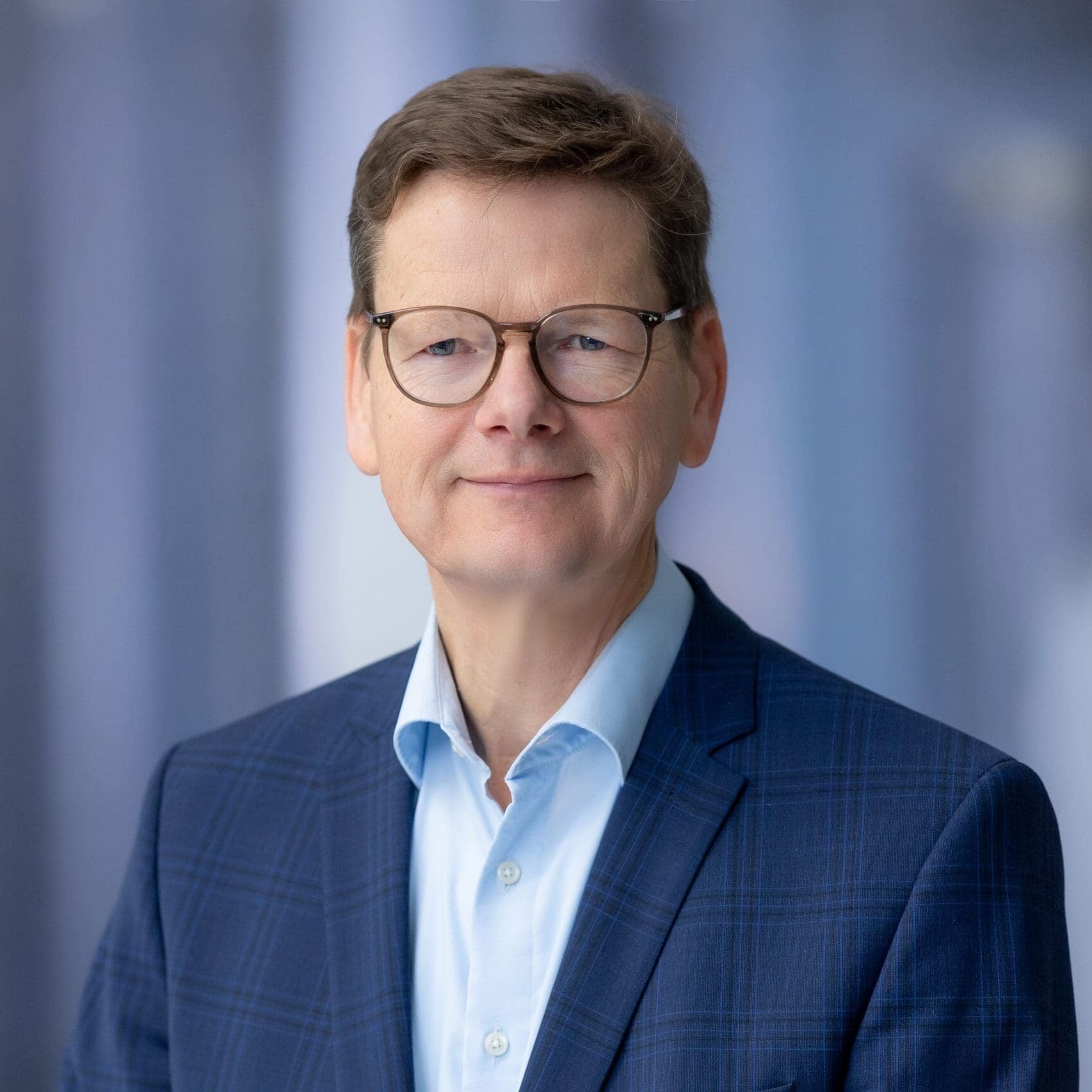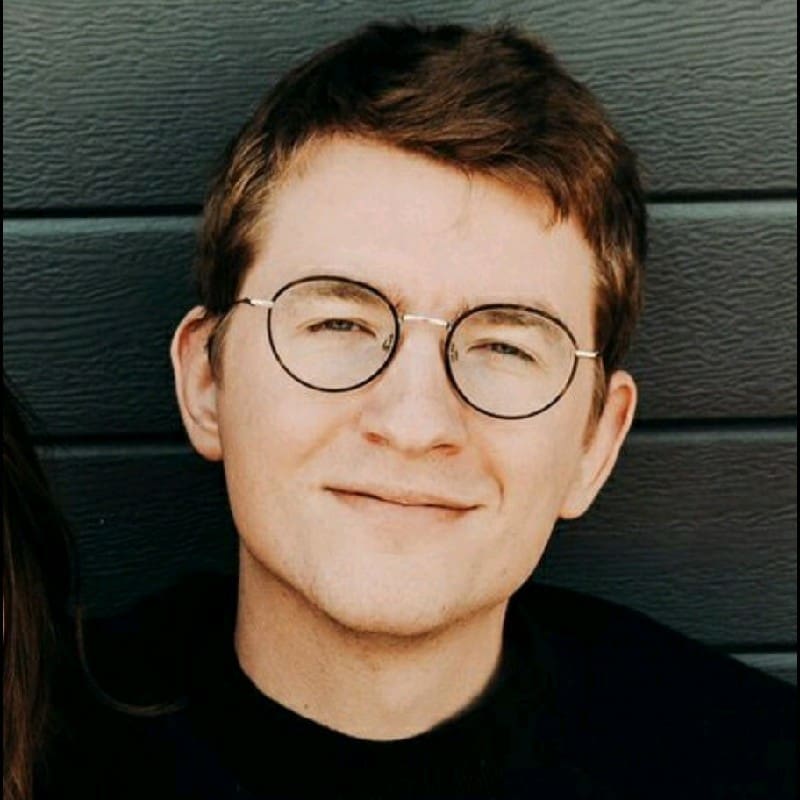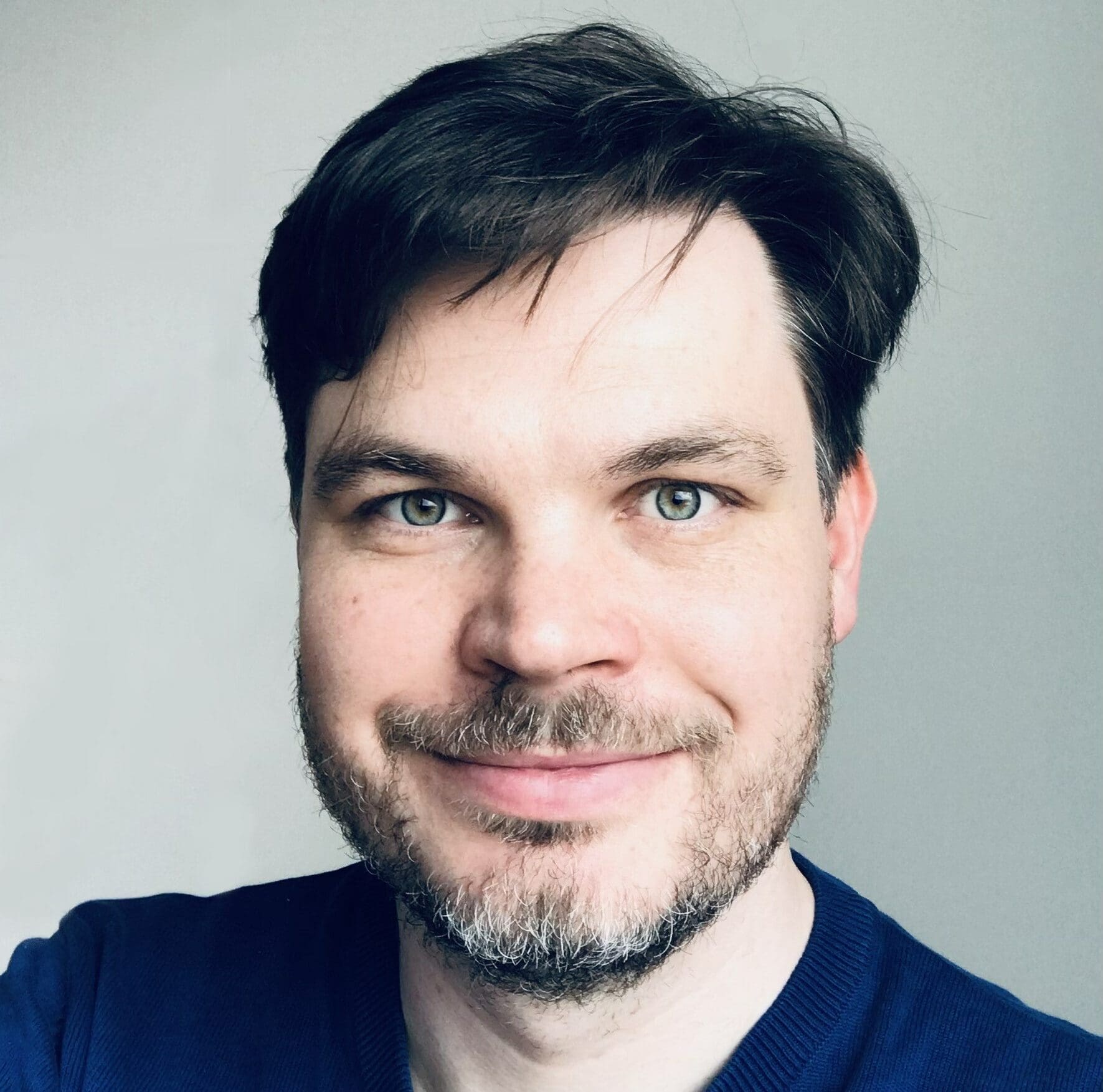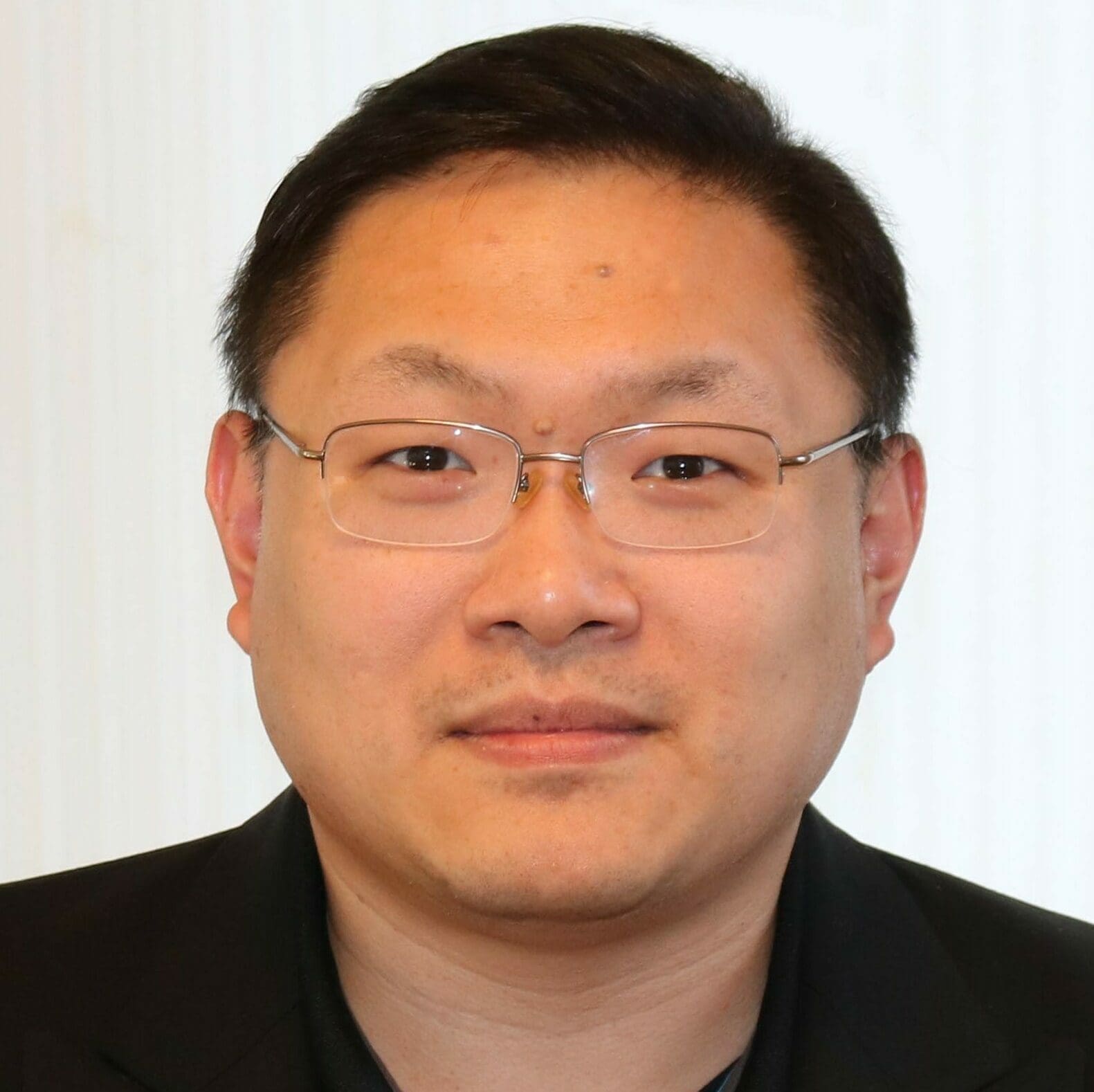These Are
Our Keynote Speakers...
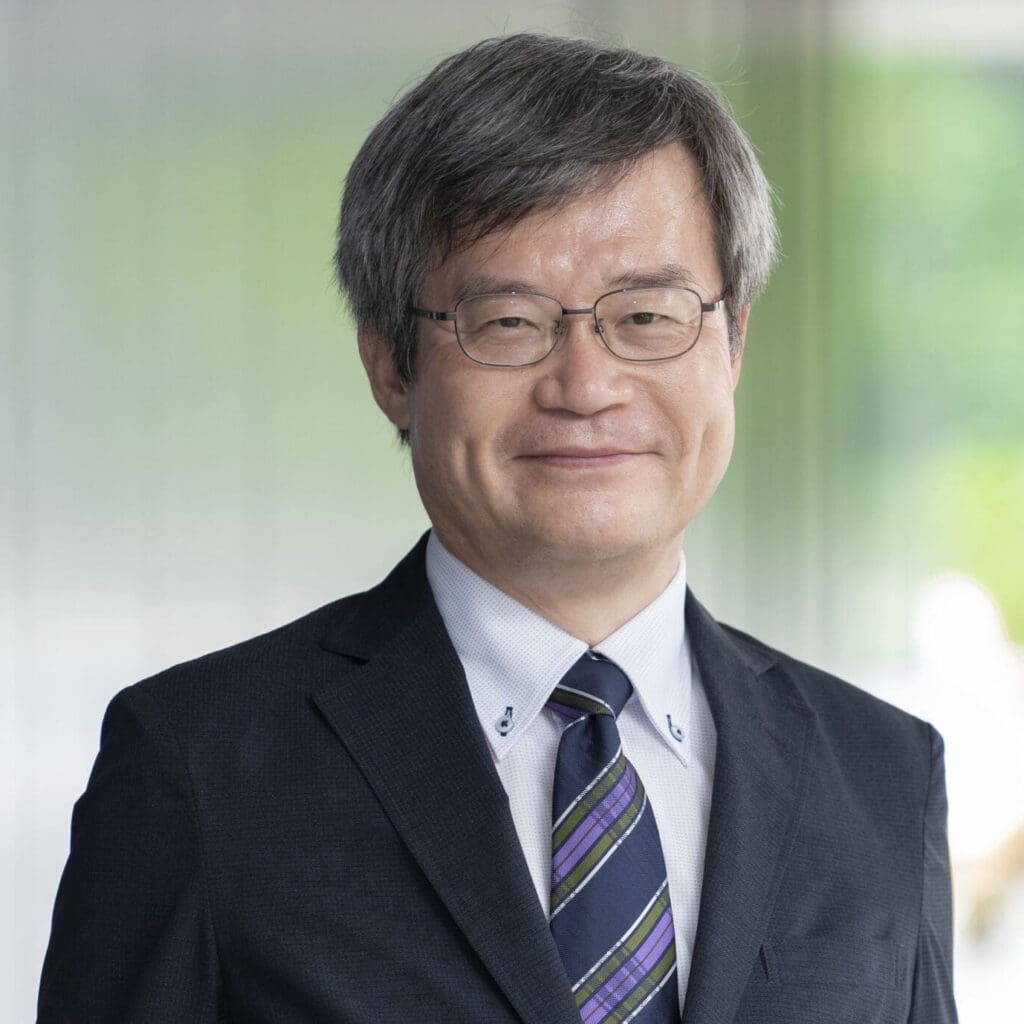
Hiroshi Amano
Nagoya University
The Role of Nitride Semiconductors in Connecting Science and Society
Professor Hiroshi Amano received Doctor of Engineering from Nagoya University. Currently he is a Director, Center for Integrated Research of Future Electronics, and a Professor, Institute of Materials and Systems for Sustainability, Nagoya University.
He shared the 2014 Nobel Prize in Physics with Prof. Isamu Akasaki and Prof. Shuji Nakamura “for the invention of efficient blue light-emitting diodes which has enabled bright and energy-saving white light sources”.
He is currently developing technologies for the fabrication of high-efficiency power semiconductor development and new energy-saving devices at Nagoya University.
BIOGRAPHY
Professor Hiroshi Amano received Doctor of Engineering from Nagoya University. Currently he is a Director, Center for Integrated Research of Future Electronics, and a Professor, Institute of Materials and Systems for Sustainability, Nagoya University.
He shared the 2014 Nobel Prize in Physics with Prof. Isamu Akasaki and Prof. Shuji Nakamura “for the invention of efficient blue light-emitting diodes which has enabled bright and energy-saving white light sources”.
He is currently developing technologies for the fabrication of high-efficiency power semiconductor development and new energy-saving devices at Nagoya University.
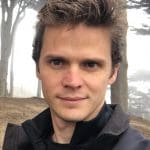
Aurelien David
Revisiting the physics of InGaN LEDs: Myths and facts
Aurelien David received the Masters degree in quantum physics from Ecole Polytechnique, France, in 2003, and the Ph.D. degree in applied physics from Ecole Polytechnique, in collaboration with the University of California, Santa Barbara, CA, USA, in 2006.
From 2006 to 2010 he worked in the Advanced Laboratories at Philips Lumileds. He joined Soraa, Inc., Fremont, CA, USA, in 2010. His work is both theoretical and experimental; it focuses on semiconductor optics and physics, and aspects of III–Nitride LED’s efficiency. (Source: IEEE)
BIOGRAPHY
Aurelien David received the Masters degree in quantum physics from Ecole Polytechnique, France, in 2003, and the Ph.D. degree in applied physics from Ecole Polytechnique, in collaboration with the University of California, Santa Barbara, CA, USA, in 2006.,From 2006 to 2010 he worked in the Advanced Laboratories at Philips Lumileds. He joined Soraa, Inc., Fremont, CA, USA, in 2010. His work is both theoretical and experimental; it focuses on semiconductor optics and physics, and aspects of III–Nitride LED’s efficiency. (Source: IEEE)
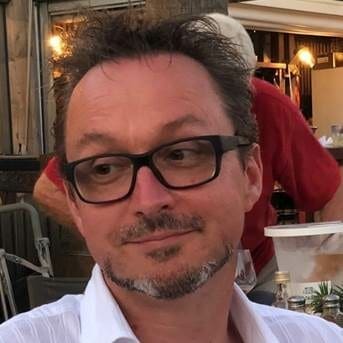
Antony Sanders
Infineon Technologies Austria AG
Integrated GaN Partitioning: Challenges and Solutions
Anthony (Tony) Fraser Sanders is a Distinguished Engineer within the PSS Division of Infineon Technologies. Anthony is an IC Architecture responsible for over seeing PSS’s IC developments and defining Infineon’s next generation of IC Technologies.
Anthony earned a Bachelor Degree with Honors in Electrical and Electronic Engineering from the University of Nottingham in 1991 and joined Infineon Technologies, formerly Siemens HL, in 1996.
He authored 48 patents, written 18 papers and publications and contributed to two books across a wide range of design aspects from statistical analysis, high speed interfaces to power control. He chaired a number of JEDEC, OIF and IEEE Standards Groups and his current research focus on modelling of complex system and technologies.
BIOGRAPHY
Anthony (Tony) Fraser Sanders is a Distinguished Engineer within the PSS Division of Infineon Technologies. Anthony is an IC Architecture responsible for over seeing PSS’s IC developments and defining Infineon’s next generation of IC Technologies.
Anthony earned a Bachelor Degree with Honors in Electrical and Electronic Engineering from the University of Nottingham in 1991 and joined Infineon Technologies, formerly Siemens HL, in 1996.
He authored 48 patents, written 18 papers and publications and contributed to two books across a wide range of design aspects from statistical analysis, high speed interfaces to power control. He chaired a number of JEDEC, OIF and IEEE Standards Groups and his current research focus on modelling of complex system and technologies.
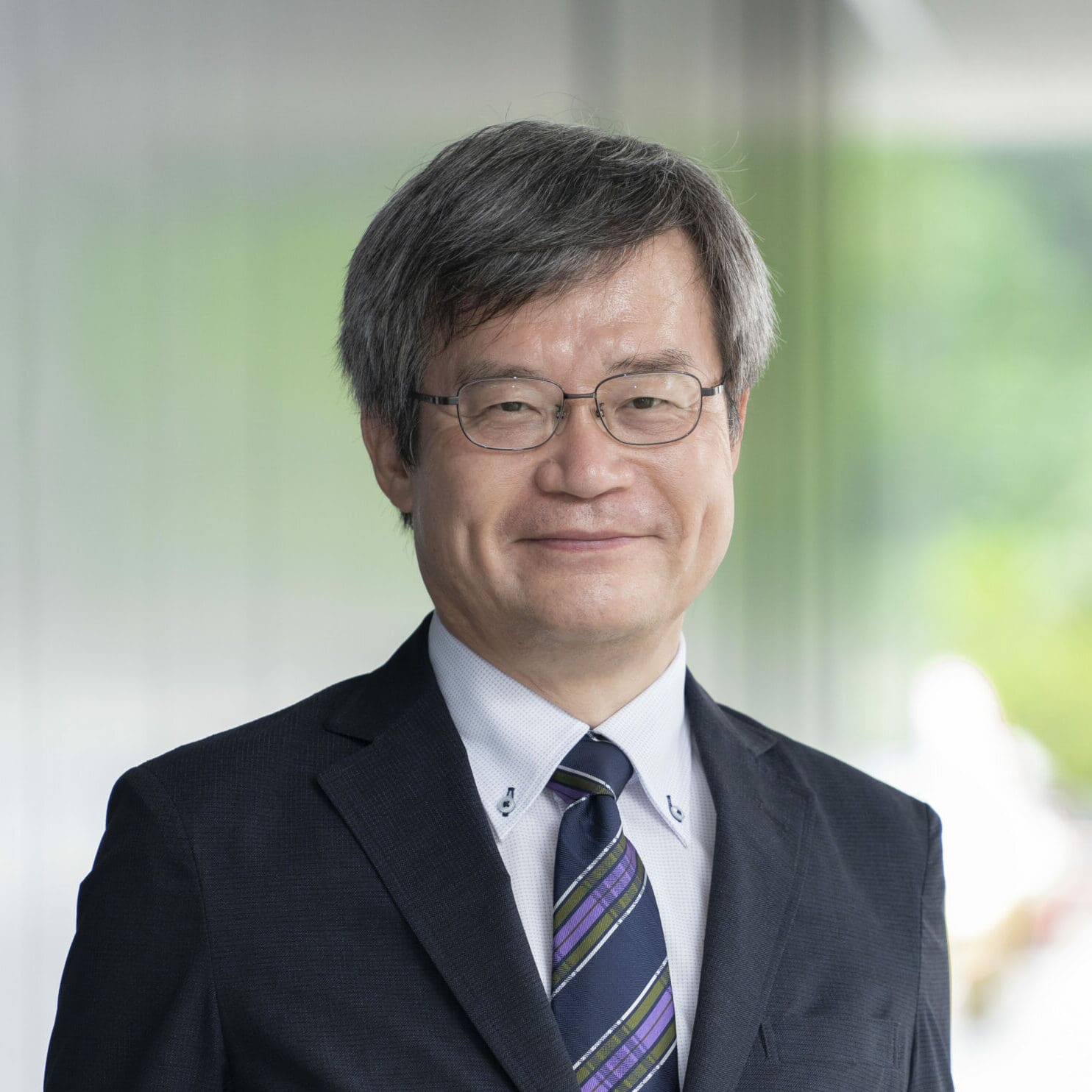
Hiroshi Amano
Nagoya University
The Role of Nitride Semiconductors in Connecting Science and Society
BIOGRAPHY
Professor Hiroshi Amano received Doctor of Engineering from Nagoya University. Currently he is a Director, Center for Integrated Research of Future Electronics, and a Professor, Institute of Materials and Systems for Sustainability, Nagoya University.
He shared the 2014 Nobel Prize in Physics with Prof. Isamu Akasaki and Prof. Shuji Nakamura “for the invention of efficient blue light-emitting diodes which has enabled bright and energy-saving white light sources”.
He is currently developing technologies for the fabrication of high-efficiency power semiconductor development and new energy-saving devices at Nagoya University.

Aurelien David
Revisiting the physics of InGaN LEDs: Myths and facts
BIOGRAPHY
Aurelien David received the Masters degree in quantum physics from Ecole Polytechnique, France, in 2003, and the Ph.D. degree in applied physics from Ecole Polytechnique, in collaboration with the University of California, Santa Barbara, CA, USA, in 2006.,From 2006 to 2010 he worked in the Advanced Laboratories at Philips Lumileds. He joined Soraa, Inc., Fremont, CA, USA, in 2010. His work is both theoretical and experimental; it focuses on semiconductor optics and physics, and aspects of III–Nitride LED’s efficiency. (Source: IEEE)

Antony Sanders
Infineon Technologies Austria AG
Integrated GaN Partitioning: Challenges and Solutions
BIOGRAPHY
Anthony (Tony) Fraser Sanders is a Distinguished Engineer within the PSS Division of Infineon Technologies. Anthony is an IC Architecture responsible for over seeing PSS’s IC developments and defining Infineon’s next generation of IC Technologies.
Anthony earned a Bachelor Degree with Honors in Electrical and Electronic Engineering from the University of Nottingham in 1991 and joined Infineon Technologies, formerly Siemens HL, in 1996.
He authored 48 patents, written 18 papers and publications and contributed to two books across a wide range of design aspects from statistical analysis, high speed interfaces to power control. He chaired a number of JEDEC, OIF and IEEE Standards Groups and his current research focus on modelling of complex system and technologies.
